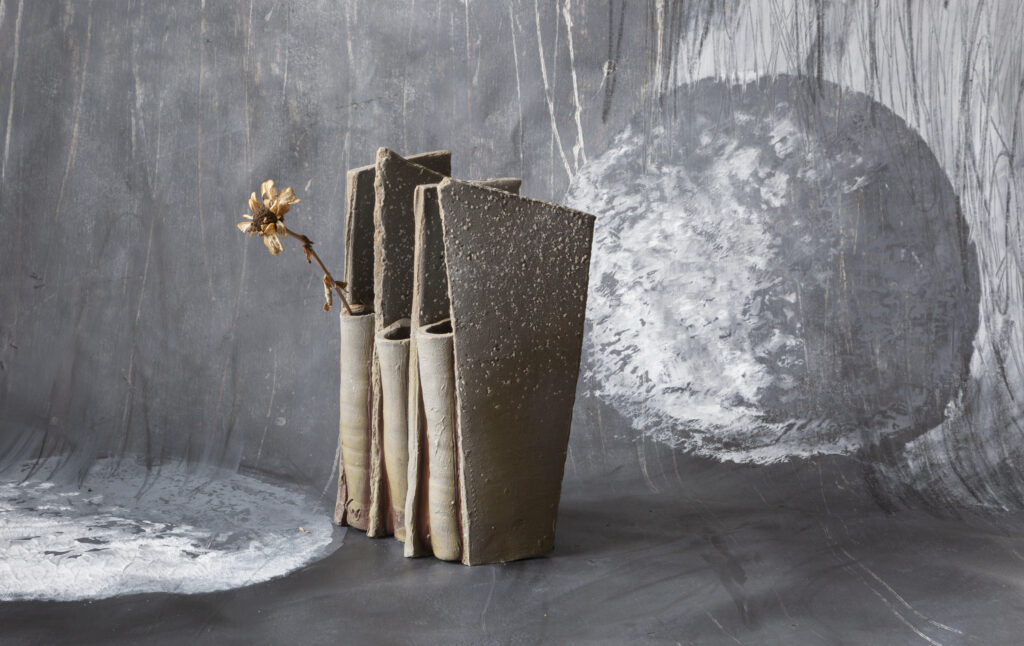My mother loved the sunset. Often it felt like seeing the sunset with her was an emergency. Today marks not only the beginning of spring but also that day and night are equal. This morning I walked the dog and brought home a small bundle of the tiny yellow blossoms of spice bush. This afternoon I noticed my magnolia is blooming, the daffodils are glorious, the forsythia is doing its thing, and even our old sideways Redbud tree that came down in a February ice storm is trying to bloom. The news is terrible and our country may feel inhospitable right now and so each of these moments of beauty feel like an emergency.

“When we encounter a poem that is powerful, we are not the same when we leave it. The next time you take a walk, you are seeing the world through the lens of that poem. You are experiencing your relationship through that poem, reading the news through that poem, parenting your child through that poem.”
–Jessica Nordell talking with Maggie Smith, “Your Art is a Tool and Beauty is an Emergency,” in her 3/20/2025 newsletter on Substack










